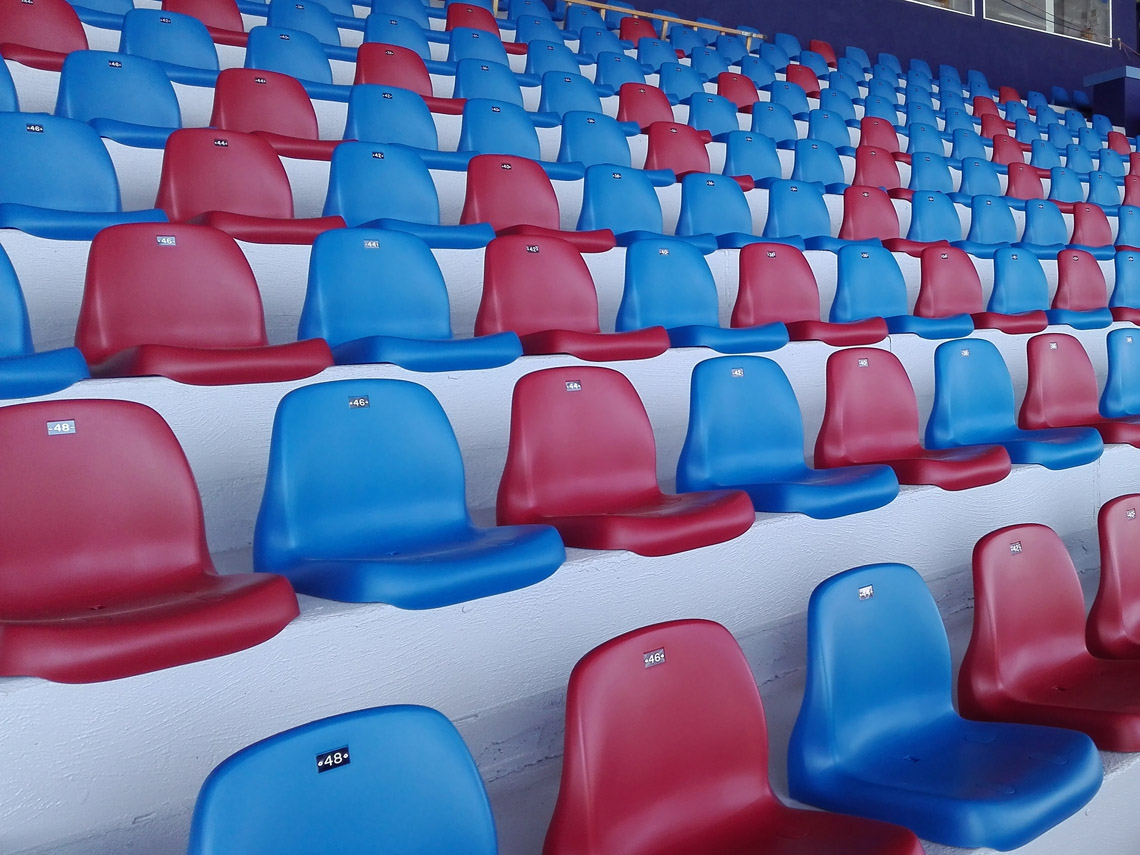The most common vehicles seen on Indian road are two-wheelers. While to those around them they are a nuisance, the ones riding the bikes are at ease, zipping through traffic, getting more mileage for their fuel. While most upper middle-class families prefer the luxury of their cars, the lower-middle class sector members require good, sturdy, and affordable motorbikes. Large corporations like Hero MotoCorp, Bajaj, Honda and TVS cater to these families, and offer two wheelers at great prices. The TVS Sport, a smart looking Indian motorbike is priced at only Rs. 40,000. It comes equipped with a 12 litre fuel tank and telescopic hydraulic forks for front suspension, and a 5-step adjustable rear shock absorber.
Japanese giant Honda launched a new two wheeler called the CD 110 Dream. It costs a little over Rs. 41,000 and has a 110 cc engine. The tubeless tyres are equipped with drum brakes and while it also has the telescopic hydraulic fork like the TVS, it is equipped with a spring-loaded rear suspension. The bike offers prospective buyers with the same hardiness and comfort as the Dream Yuga or Dream Neo, but it is priced much lower, making it far more appealing to the masses. The bike was introduced as competition to Bajaj’s Platina, TVS’ Sport, Hero’s HF Deluxe and Mahindra’s Pantero, which are all similarly priced. Hero MotoCorp’s HF Deluxe is also priced a little over Rs. 40,000 and has the same features as the CD 110 Dream and the TVS Sport. The only difference that can be seen is in the rear suspension. The HF Deluxe has a swing arm with a 2-step adjustable hydraulic shock absorber. The Baja Platina, which is priced around Rs. 38,000 has hydraulic, telescopic type suspension at both the front and rear ends. In all other respects, it is almost identical to the other bikes mentioned.
Apart from a few very minimal differences, bikes that are marketed to the everyday consumer are almost exactly the same. Some bikes offer a longer seat, while others offer slightly better suspension. With regard to the competitively priced bikes, it is hard to pinpoint what makes one bike better than the other. All new Indian bikes are built with the same features, with small tweaks being added to make them more appealing to different people. At the end of the day, the average user will look at what allows him or her to be comfortable, and which vehicle gives them the most value for their money. For those who just enjoy bikes, money is not an issue, and this can be seen by the number of Royal Enfields and Harley Davidsons seen on Indian roads.

